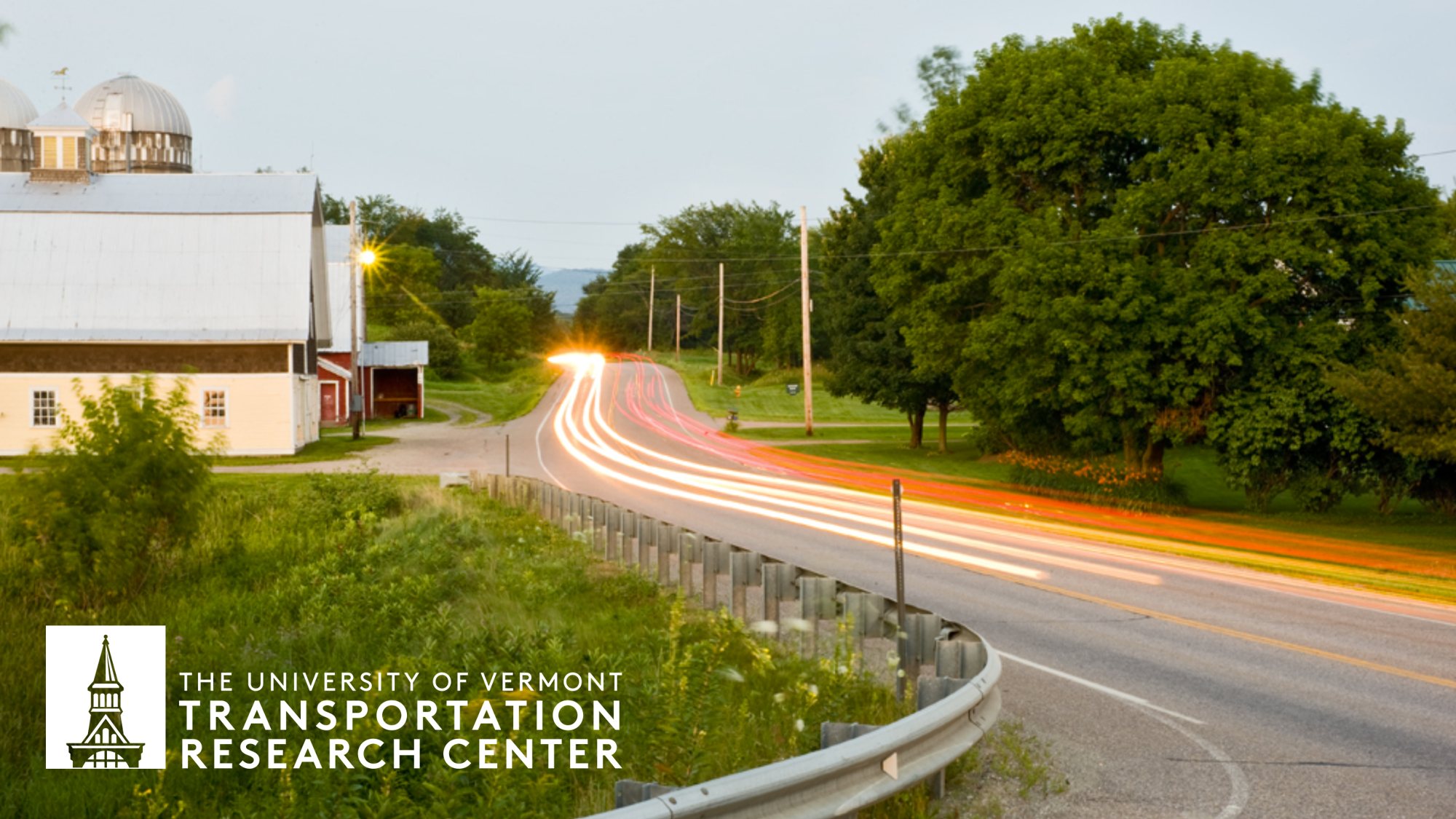
University of Vermont Transportation Research Center
Document Type
Report
Publication Date
2-8-2019
Abstract
The interactions between rivers, surrounding hydrogeological features, and hydraulic structures such as bridges are not wellestablished or understood at the network scale, especially under transient conditions. The cascading effects of local perturbations up- and downstream of hydraulic structures may have significant and far-reaching consequences, and therefore often cause concern among stakeholders. Tropical Storm Irene resulted in hundreds of millions of dollars in losses to infrastructure and property in Vermont, including damage to or failure of over 300 bridges, and considerable stream restoration efforts thereafter. Climate data show that the state is experiencing more frequent and persistent precipitation events, a trend that is predicted to continue. The replacement or re design needed for hundreds of existing bridges to meet the rigorous hydraulic standards imposed by extreme flood events is likely not a viable proposition. Moreover, the up- and downstream impacts of modification of a single structure may extend much farther than anticipated, especially in extreme events. This work presents a framework and methodology to perform such a network-level bridge resiliency analysis beyond detailed characterization of site-specific bridge-stream interactions. The stretch of the Otter Creek from Rutland to Middlebury, VT is used as a test bed for this analysis. A two-dimensional hydraulic model is used to elucidate the impact of individual structures on the bridge-stream network, as well as potential sensitivity to those impacts, during extreme flood events. Depending on their characteristics, bridges and roadways may either attenuate or amplify peak flood flows up- and downstream, or have little to no impact at all. Likewise, bridges may or may not be sensitive to any changes in discharge that result from perturbation of existing structures. Alterations to structures that induce substantial backwaters may result in the most dramatic impacts to the network, which can be either positive or negative. Structures that do not experience relief (e.g., roadway overtopping) may be most sensitive to any network perturbations.
Recommended Citation
Dewoolkar, Mandar and Trueheart, Matthew, "Identifying Sensitive Structural and Hydraulic Parameters in a Bridge-Stream Network Under Flood Conditions" (2019). University of Vermont Transportation Research Center. 18.
https://scholarworks.uvm.edu/trc/18

